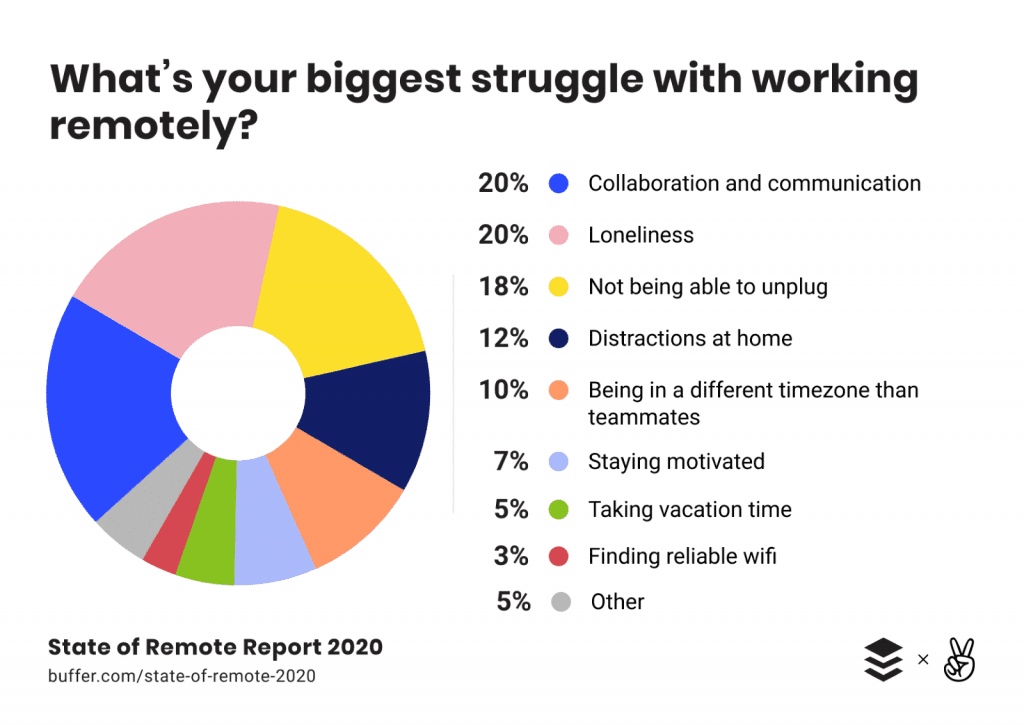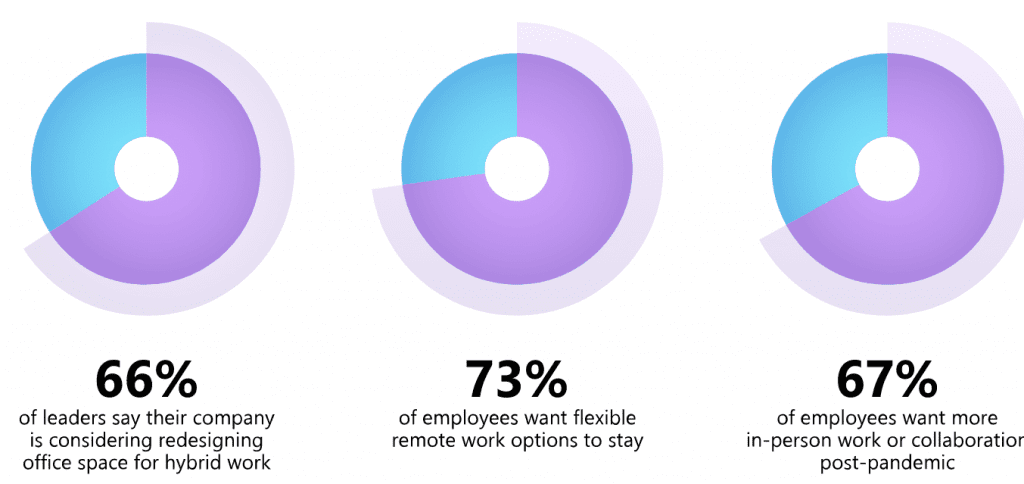In a nutshell…
- Working remotely in the software industry comes with its complications
- Key factors that are essential for Testers include: connectivity, security, and test environments
- Solution forward: adopting the hybrid model
COVID-19 revolutionized our lives in more ways than we’d like to count. One of the drastic consequences of this pandemic was the shift from office-based jobs to work-from-home, which then further led to the implementation of the hybrid model for many companies.
An industry that suffered immensely as a result of working remotely is Software Testing. Don’t let the technical nature of the work of QA Engineers and Testers fool you into thinking that this shift would have been easy for them, or that it would have only been a change of physical space. The issue runs much deeper than that—let’s discuss.
We can start off by highlighting the most obvious challenges that remote work presents. It is very likely that all employees, belonging to this industry, may not have the necessary equipment at home that they need for their jobs—including specialized hardware, specific machines, and a special software environment.
Smooth access to fast and reliable internet can pose a challenge too, especially when your coworkers are working from different geographical regions.
Of course, there is also a large pool of employees who prefer working from home, but one cannot deny the fact that it requires a lot of effort and coordination—from the employers and the employees, both. Communication, accessibility, and sharing of resources and ideas is easy enough to do so in person; however, doing it in an online space and ensuring that everyone is on the same page can prove to be highly challenging.
For any QA team to function properly, collaboration and coordination are essential. In a physical environment, interaction is usually face-to-face, and thus, straightforward and simple. This mode of communication has now been replaced by virtual platforms, such as Zoom, Microsoft Teams, Google Platform etc. While these applications have been of extreme help, the experience still falls short of actual in-person interaction. Consequently, proper communication with an in-house team is a major issue while working remotely.

However, it has been observed that working-from-home encourages more proactive communication, and thus, increases the likelihood of all team members remaining up to date. Moreover, we must also acknowledge the practices that businesses have implemented to accommodate QA in regards to working remotely. These include factors like regular feedback sessions, and implementing more flexible policies. Another benefit is the absence of commute time, which gives the employees some respite and they can use the extra time either to relax or to catch up on their work. Furthermore, working remotely has generated higher levels of understanding and empathy, given the fact that all employees are struggling in the middle of a pandemic—some in more severe ways than others.
Despite the above benefits, the challenges to working from home still remain at the forefront. There are a few key strengths for Testers in regards to working from the office—connectivity, security, and test environments to name a few. These shall be discussed in more detail below, in terms of how they can be a challenge to deal with from home, along with possible solutions to combat them.
Connectivity
Strong connectivity at home is essential, and working from home can be highly challenging if you do not have a solid connectivity network. You have to ensure that all your employees have access to fast and reliable internet connections. If they don’t, you should arrange it for them. The amount and nature of assistance that they need may vary; some might need help installing networks, while others may require assistance setting up and maintaining the entire infrastructure. Your company should be proactive in assisting them, according to their individual needs.
Kualitee faced a similar challenge during the process of getting teams operational from home.
“We had some resources working with office systems remotely already, and some of them now have laptops issued by the company”, a member of the IT team remarked. “Around 150 to 200 laptops were provided”.
Every Software Testing company should be ready to help their employees with their network system’s connectivity, as this is the first step to ensuring a well-functioning remote working environment.
Security
Setting up a virtual environment on Microsoft or any Cloud infrastructure is of utmost importance. Doing so will ensure that every QA engineer can log in securely and access the company’s central system from their home computer. Security will be a constant concern.
To mitigate this challenge, speed and efficiency on behalf of your IT departments are essential. IT departments may need to rush to add or renew licenses for all the new users that have transitioned to working-from-home. Deploying a commercial-grade VPN can manage any remote access requirements that your employees might need.
As Zoom became increasingly popular, a few questions were raised about its privacy policies, in terms of the users’ information being at risk. Questions still remain, but one suggestion is that businesses can lessen possible risks by using Zoom’s enterprise version, as it has better security—for example, sessions and channels can be password protected. You can also opt to use hyper-secure micro-segmentation to further enhance the security of your communication.
Test Environments
Gaining access to test environments can be tricky for your QA team while working from home. You can either: have the test environment on an on-premises server or run it through a cloud service. The recent influx in cloud-based automation testing has facilitated most software teams.
Cloud services have become increasingly popular, and proven to be very helpful. They make the entire software testing process simpler and more streamlined for the business. Most companies use cloud-based software testing tools to inculcate a collaborative environment that is easier to navigate. However, they come with their own set of challenges. For example, test environments that are machine-specific cannot be run through cloud services at present. This means that your team would require a device for testing or may have to visit the office if local laws permit this.
Regardless, cloud-based solutions are viable in testing, and implementing these software testing tools can benefit businesses to a large extent during the pandemic.
All the arguments presented in this article thus far make it fair to assume that working from the office is ideal. However, given the unpredictability of the pandemic and the rise and decline of COVID waves, a company has to remain flexible and make arrangements accordingly. Hence, a pragmatic situation would be to adopt a hybrid working model, whereby employees are able to combine onsite and remote work, according to their preferences and job requirements. For example, departments that require a greater amount of teamwork and interaction would be better suited to work from the office. This style of work has widely been adopted by businesses throughout the world and seems like the most viable option during times that are so uncertain.
Another important factor, that also applies to the hybrid arrangement, is the need to enhance collaboration between testers, their managers, and developer teams. This collaboration can be cultivated through test management tools that bring together all team members on one platform. Since there exist a plethora of testing tools—performance testing tools, automation tools, and more—the need to have a tool that integrates all these and gives a one-window operation is integral. Kualitee is a testing tool that serves this purpose very effectively. Explore this tool, in order to ensure that your Testing team is highly productive. Other purpose tools like MS Office, Google Docs, Zoom, and Asana are already in place for Office management, communication and project management respectively.
According to a report from Microsoft’s Work Trend Index. “over 70 percent of workers want flexible remote work options to continue, while over 65 percent are craving more in-person time with their teams. To prepare, 66 percent of business decision-makers are considering redesigning physical spaces to better accommodate hybrid work environments. The data is clear: extreme flexibility and hybrid work will define the post-pandemic workplace.”

“The Work Trend Index survey was conducted by an independent research firm, Edelman Data x Intelligence, among 31,092 full-time employed or self-employed workers across 31 markets between January 12, 2021, to January 25, 2021.” (source: Microsoft’s Work Trend Index)
Conclusively, in order to ensure maximum efficiency, the approach that Testing teams are able to build in the new normal should be inclusive, sustainable, and resilient. And of course, flexible—to keep up with the changing situation. While working from home is challenging (whether it is under a hybrid model or otherwise), adopting solutions that we have suggested can be highly beneficial for you and your company. If you use your resources and project management tools effectively and constantly put in the effort to make the most out of your remote working environment, these challenges can easily be mitigated.


























